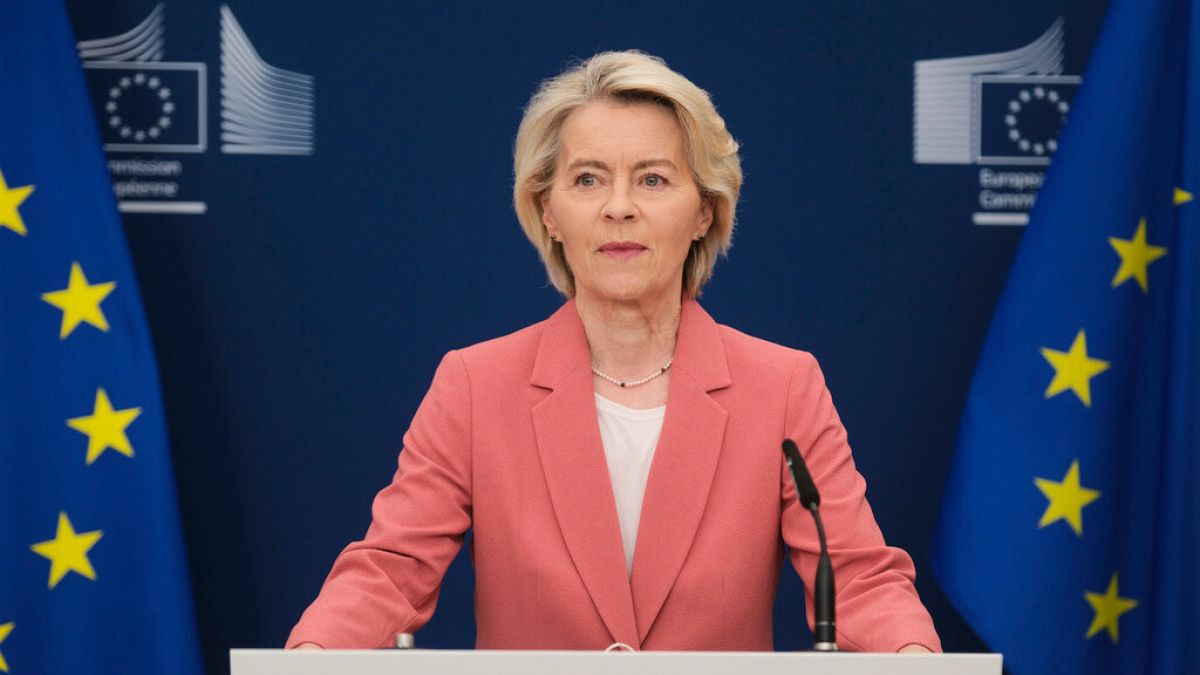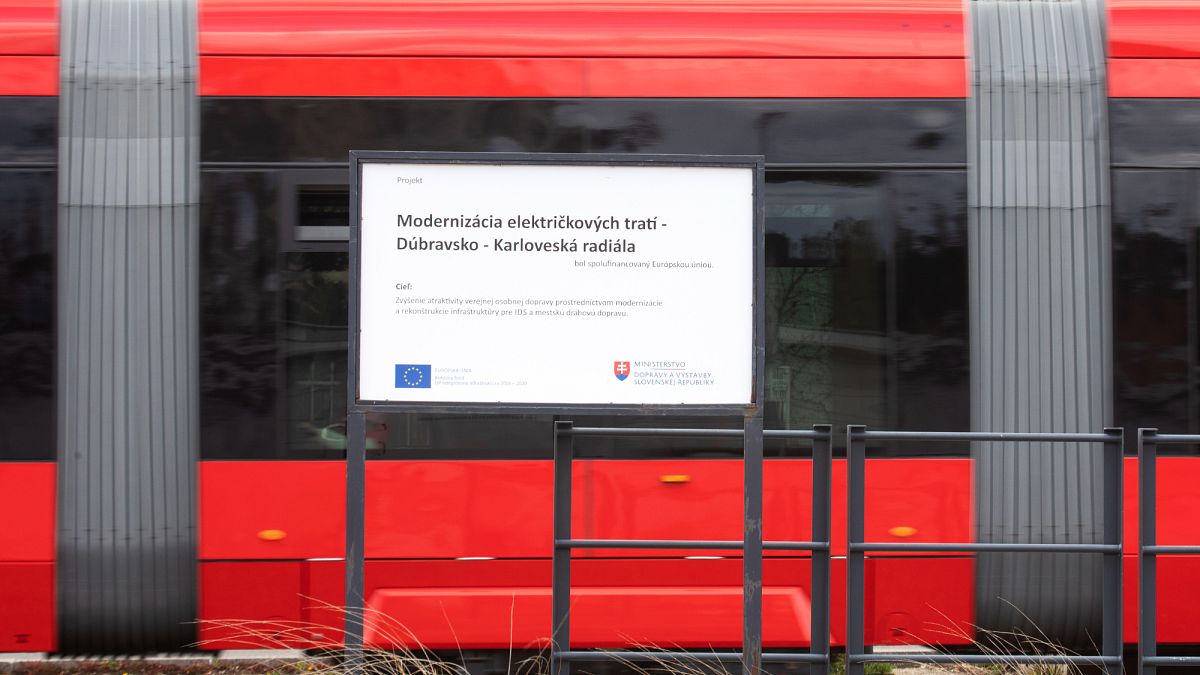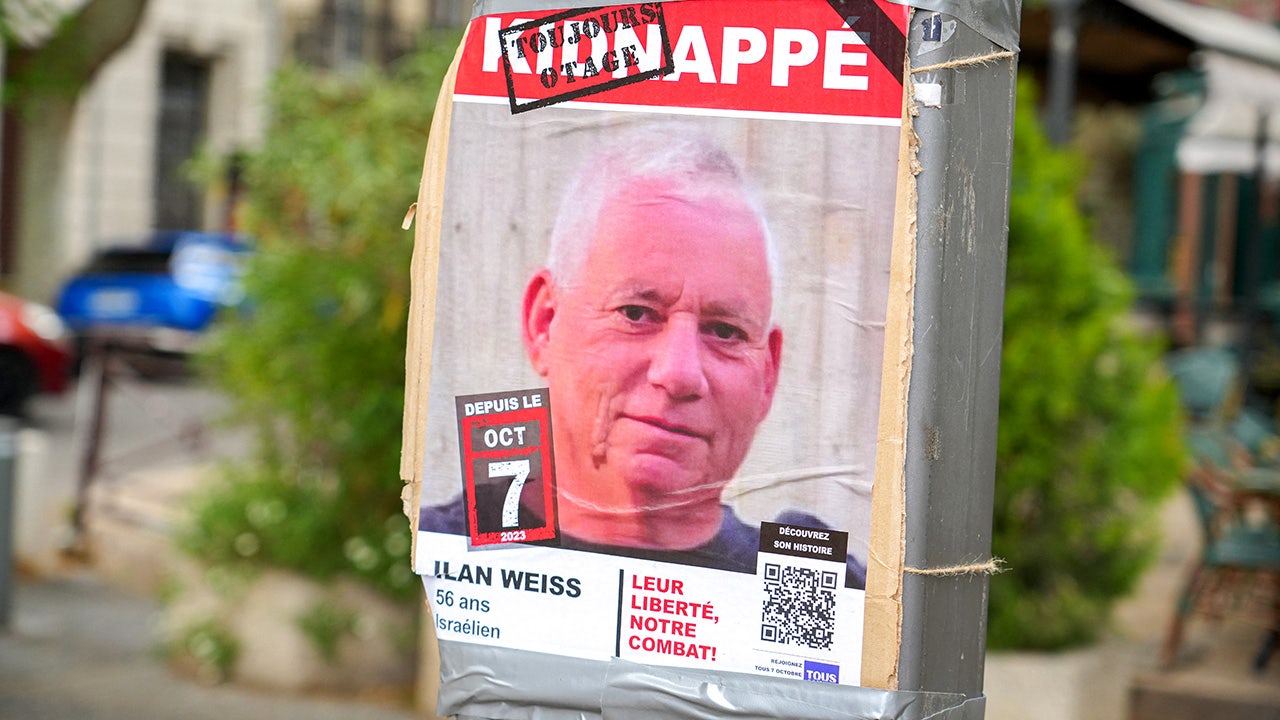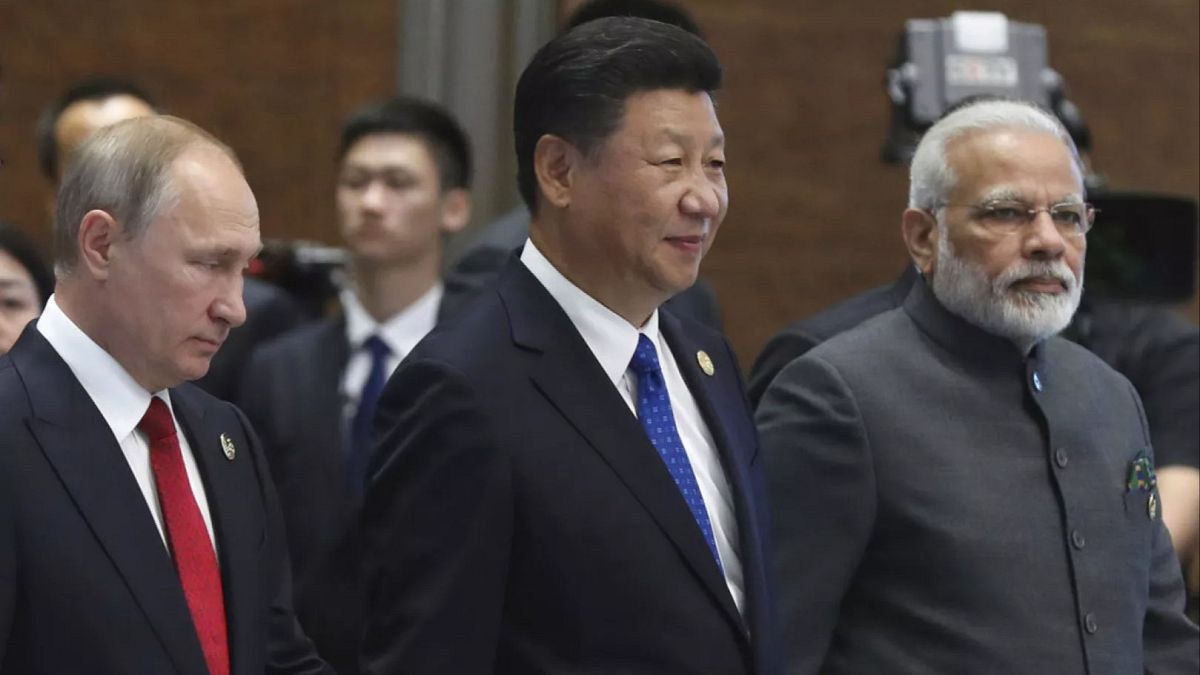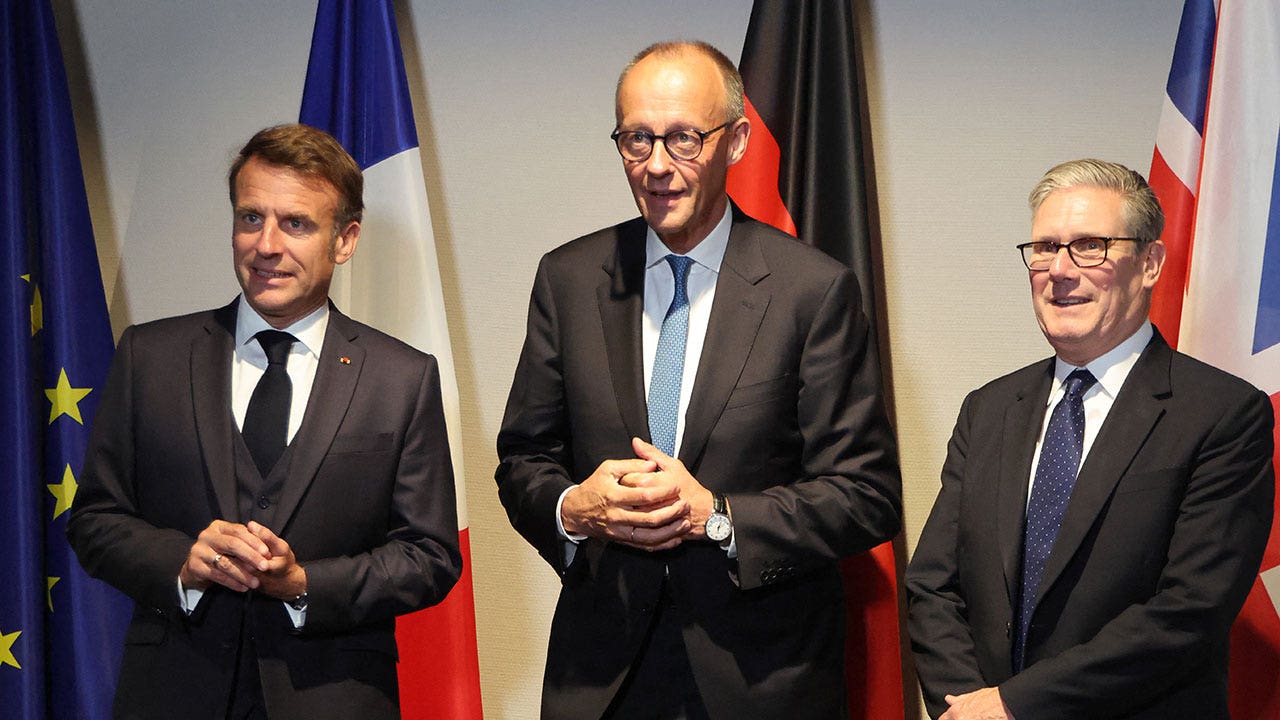ADVERTISEMENT
The EU’s proposed budget for 2028 until 2034 runs the risk of turning its cohesion policy into a competition for funding, as it would merge it with other major spending areas. There are now concerns over reduced local control and lack of support for disadvantaged regions.
For decades, cohesion funds have helped reduce regional disparities across the EU, supporting everything from road construction and hospital upgrades to unemployment, training programmes and green initiatives.
As one of the EU’s most tangible policy tools, cohesion funding has delivered visible results in citizens’ daily lives — but that may be about to change.
This week, the European Commission unveiled its proposed EU long-term budget — the Multiannual Financial Framework (MFF) for 2028–2034 — which could fundamentally reshape how cohesion policy works, while also potentially marking the end of the system as we know it.
Under the new proposal, cohesion policy would be absorbed into a single mega-fund, combining it with other major spending areas such as agriculture, rural development, migration and border control.
The stated aim? Simplification. But critics warn this approach could ignite intense competition among regions, sectors and interest groups.
“Putting agriculture, migration, border control, and cohesion policy into one container will turn it into a ‘Hunger Games’,” said Kata Tüttő, President of the European Committee of the Regions, in an interview with Euronews.
She warned that the new structure risks pitting farmers against city mayors, and those in need of agricultural support with those seeking unemployment support, for example.
Fears of fragmentation and lost priorities
Out of the total proposed €2 trillion budget, €865 billion would be allocated to this consolidated fund, which merges long-standing programs like the EU’s Common Agricultural Policy, cohesion funds (accounting for two-thirds of the current EU budget) and the European Social Fund, which supports employment and education.
The competition between different lines in the single fund has raised alarm bells among regional leaders, who fear cohesion funding may be deprioritised in the budget negotiations.
According to the Commission, €450 billion of the merged fund would still go toward regional development, fisheries and rural areas.
Additionally, the proposal includes a minimum allocation of €218 billion specifically earmarked for less developed regions, one of the three traditional pillars of cohesion funding — with the others being developing and developed regions.
While this minimum allocation offers a safeguard for the EU’s most disadvantaged areas, the remaining categories could face fluctuating support, as they are not ringfenced under the new plan.
Centralisation vs. local engagement
Beyond the battle for funding, critics have also voiced concerns regarding governance. The proposed delivery model marks a shift away from the EU’s tradition of shared management with local and regional authorities.
Tüttő sees the move as a clear case of centralisation: “We will be kicked out from the design, the management and the creation parts of the policy. We will just become implementers, fighting for money,” she said.
With many aspects of the proposal still unclear, the coming months will be critical.
Local governments across the EU are calling for more involvement in the process — and potentially a rethinking of the proposal before the budget is finalised.
“This is a proposal from the European Commission — it is not the final step, but a starting point,” said Raffaele Fitto, Executive Vice-President for cohesion, while presenting the budget.
He added, however, that the EU budget needs more flexibility to respond to evolving challenges.
Read the full article here





